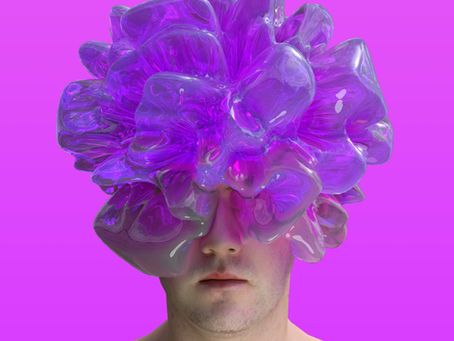top of page


What to Do Between Remote Therapy Sessions: Practical Tips to Boost Your Progress
Therapy is powerful, but the work doesn’t stop when your session ends. What you do between sessions can make a big difference in your growth and healing. Whether you’re practicing mindfulness or exploring deeper patterns through psychodynamic therapy, integrating small daily practices can enhance your journey—and help you get more out of every appointment.

Tricia Mazza, LPC
Oct 14


Understanding the Biopsychosocial Model of Therapy
The biopsychosocial model is one of the most effective ways to approach therapy, offering a holistic understanding of mental health that goes beyond just the mind or body. By addressing all three components—biological, psychological, and social—this model provides a well-rounded, personalized treatment plan that can truly support lasting healing.

Tricia Mazza, LPC
Sep 4


Signs of Poor Mental Health You Shouldn’t Ignore — Especially in Today’s America.
The U.S. is going through profound shifts — from political division and rising living costs to post-pandemic adjustment and ongoing social unrest. For many Americans, this turbulence is taking a serious toll on mental health.

Tricia Mazza, LPC
Jun 17


Mindfulness Treatment for Anxiety
By incorporating these tools into your routine, you can take proactive steps to manage anxiety and improve your mental well-being. This study highlights how mindfulness-based approaches, such as Mindfulness-Based Stress Reduction (MBSR), can lead to meaningful improvements in anxiety levels. The program focuses on cultivating awareness in the present moment and has been shown to help individuals manage their anxiety in a more balanced way.

Tricia Mazza, LPC
Jan 22


Understanding the Fight, Flight, Freeze, and Fawn Responses Through Polyvagal Theory: Calming Techniques Backed by Science
By using calming techniques and fostering social connection, we can return to a state of calm and reestablish balance in our nervous system. Polyvagal Theory suggests that these responses are governed by the autonomic nervous system (ANS), specifically the vagus nerve, which regulates physiological states of arousal. The theory posits that our ANS operates on a continuum from safety to danger, and the body shifts between states of calm and activation based on perceived threat

Tricia Mazza, LPC
Jan 9
bottom of page
